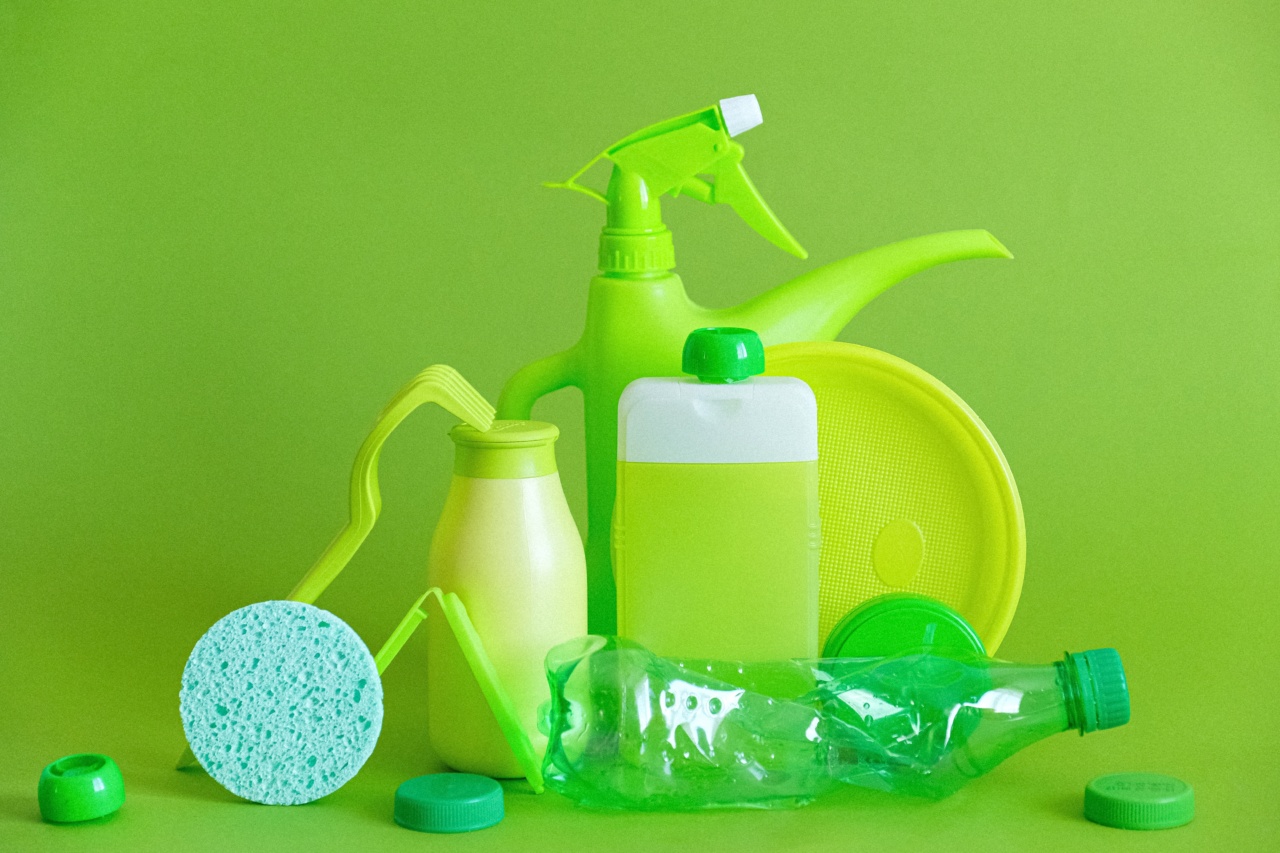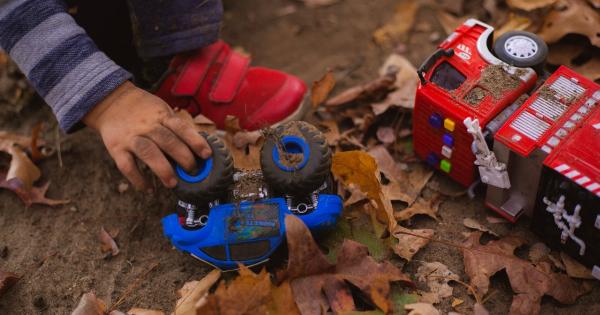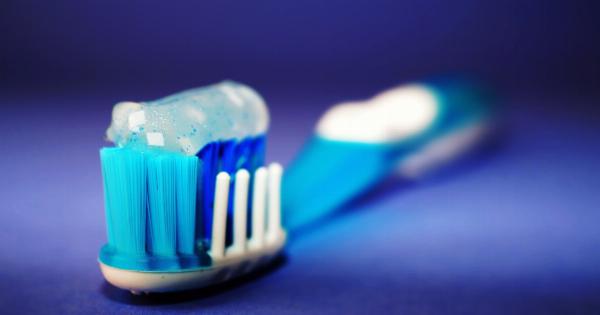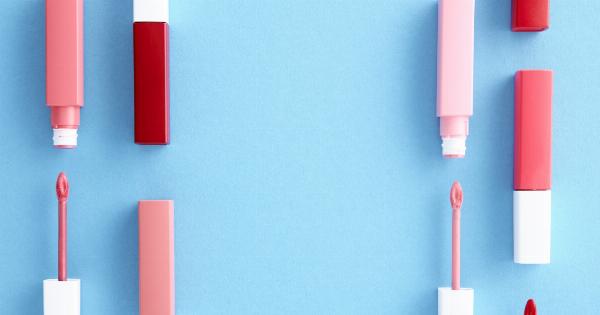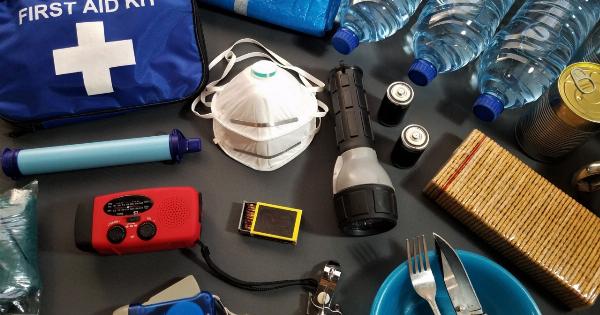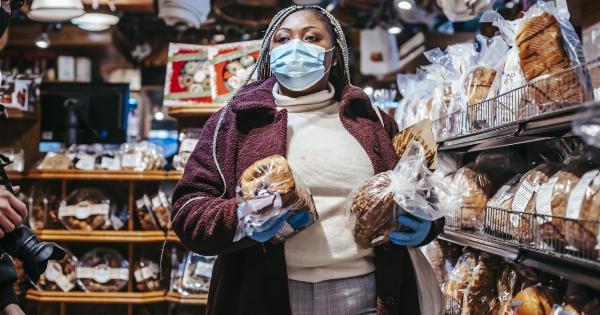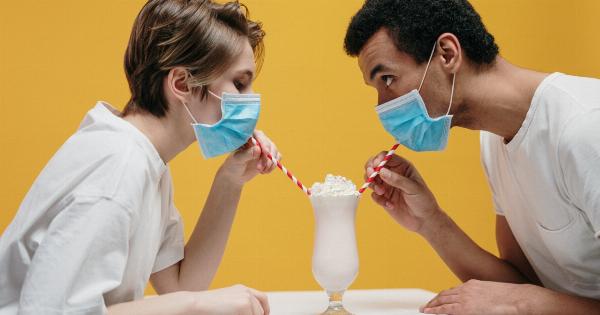Plastic products have become an integral part of our lives, and it’s hard to imagine a world without them. From bottles to toys, these ubiquitous items are used by people of all ages, including babies.
However, recent research has shed light on a danger unknown to many — the potential health risks that plastic products can pose to babies. In this article, we will explore the various ways in which plastic products can harm babies and discuss ways to mitigate these risks.
The problem with plastic products
Babies are especially vulnerable to the toxins present in plastic products due to their developing bodies and immune systems.
Plastic products often contain chemicals like bisphenols, phthalates, and polyvinyl chloride (PVC) that can leach into the baby’s system and cause various health issues.
1. Endocrine disruption
Bisphenols, commonly found in baby bottles, sippy cups, and teething rings, are known to disrupt the endocrine system.
These chemicals mimic the effects of hormones in the body and can interfere with the normal functioning of the baby’s hormonal system. This disruption can lead to developmental delays, reproductive problems, and even an increased risk of certain cancers later in life.
2. Respiratory problems
The volatile organic compounds (VOCs) present in plastic products can release harmful gases into the air, posing a risk to the baby’s respiratory system.
Babies have smaller airways and breathe in a higher amount of air compared to adults, making them more susceptible to respiratory problems caused by inhaling these toxins. Exposure to VOCs from plastic products has been linked to asthma, allergies, and other respiratory disorders in infants.
3. Choking hazards
Many plastic toys and objects intended for babies may pose a choking hazard.
Babies explore the world by putting objects in their mouths, and if a small plastic piece breaks off from a toy, it can easily be swallowed, blocking the airway and posing a life-threatening risk. It is crucial to ensure that all plastic toys and products given to babies are free from small parts that can detach and become a choking hazard.
4. Allergic reactions
Plastic products can sometimes contain allergenic substances or irritants that can trigger allergic reactions in babies. These reactions can manifest as skin rashes, itching, redness, or swollen areas.
It is important to pay attention to any signs of allergic reactions and consult a pediatrician if any such symptoms occur after contact with plastic products.
5. Plasticizers and developmental concerns
Phthalates are plasticizers used in many plastic products to increase their flexibility. However, these chemicals have been associated with developmental concerns in babies.
Exposure to phthalates during critical periods of development, such as in utero or during infancy, can lead to neurodevelopmental disorders, including attention deficit hyperactivity disorder (ADHD) and lower IQ. It is crucial to choose phthalate-free alternatives when selecting plastic products for babies.
6. Environmental impact
While the focus of this article is on the impact of plastic products on babies, it is worth mentioning their adverse effects on the environment. Most plastic items are not biodegradable and contribute to pollution when disposed of improperly.
By choosing eco-friendly alternatives and reducing the use of single-use plastic, we can help protect not only our babies but also the planet for future generations.
How to mitigate the risks
Now that we are aware of the potential dangers posed by plastic products to babies, it’s essential to take steps to reduce their exposure and mitigate the risks. Here are some measures parents can take:.
1. Choose safer alternatives
Look for baby products made from safer materials such as glass, stainless steel, or natural fiber. These materials are free from harmful chemicals and provide a safer alternative to plastic products.
2. Use phthalate-free plastics
If you must use plastic products, opt for those labeled as “phthalate-free.” These products are less likely to contain harmful levels of phthalates and reduce the risk of developmental issues in babies.
3. Avoid heating plastic
Do not heat plastic containers or bottles, as this can cause the release of toxic chemicals into the baby’s food or drink. Instead, use glass or stainless steel containers for heating or storing food.
4. Regularly inspect toys
Regularly check plastic toys for any signs of wear and tear, loose parts, or breakages. Dispose of toys that are damaged or have small parts that can detach and pose a choking hazard.
5. Opt for natural teethers
Instead of plastic teething rings, consider natural alternatives such as organic cotton or wooden teethers. These options are free from harmful chemicals and provide a soothing experience for teething babies.
6. Properly dispose of plastic products
When plastic products reach the end of their lifecycle, make sure to dispose of them properly. Follow recycling guidelines and avoid throwing them in regular waste bins to minimize their environmental impact.
Conclusion
Plastic products have become a ubiquitous part of our society, but their potential risks, especially for babies, should not be underestimated.
The chemicals leaching from plastic products can disrupt hormones, affect respiratory health, lead to choking hazards, trigger allergies, and negatively impact development. By understanding these risks and taking appropriate measures to reduce exposure, we can ensure a safer environment for our babies.
Choosing safer alternatives and minimizing the use of plastic can go a long way in protecting both their health and the environment they will inherit.
